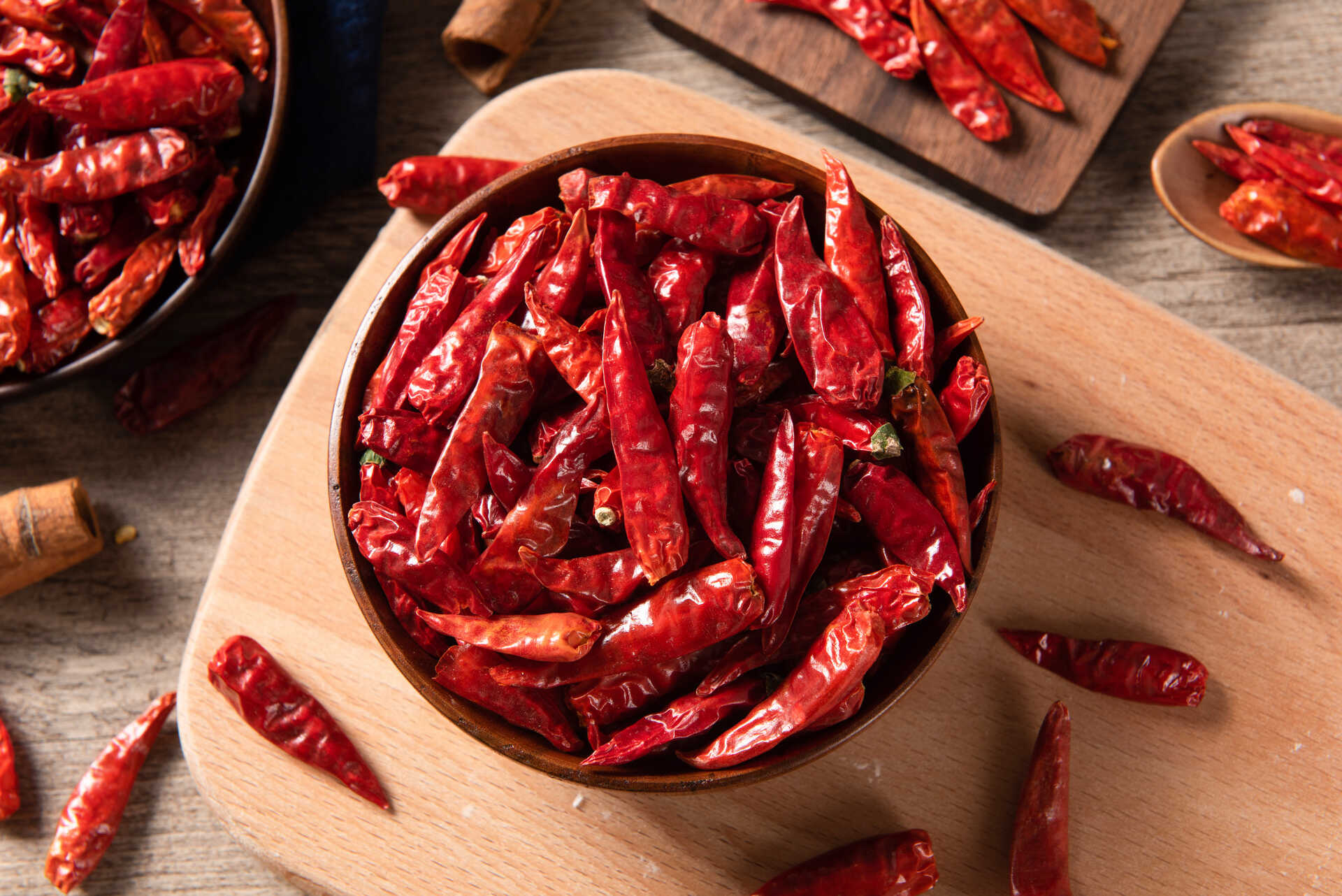

Articles
How To Store Dried Peppers
Modified: October 21, 2024
Learn how to store dried peppers properly and keep them fresh for longer. Our informative articles provide helpful tips and techniques for preserving the flavor and quality of your dried peppers.
(Many of the links in this article redirect to a specific reviewed product. Your purchase of these products through affiliate links helps to generate commission for Storables.com, at no extra cost. Learn more)
Introduction
If you’re a fan of spicy food and want to enjoy the flavors of peppers all year round, drying them is a great option. Dried peppers not only add a kick of heat to your dishes, but they also provide a unique depth of flavor. Whether you grew peppers in your garden or purchased them from the local market, learning how to store dried peppers properly will ensure they stay fresh and retain their flavor for an extended period of time.
In this article, we will explore the process of choosing, preparing, and storing dried peppers. We will also provide some practical tips on how to use dried peppers to elevate your culinary creations. So, let’s get started!
Key Takeaways:
- Preserve the Heat and Flavor: Choose, prepare, and store dried peppers properly to ensure they stay fresh and potent. Experiment with different drying methods and enjoy the versatility of dried peppers in your culinary creations.
- Elevate Your Dishes: Rehydrate dried peppers for a burst of flavor, infuse oils and vinegars, or create custom spice blends. Explore the endless possibilities of using dried peppers to add depth and heat to your favorite recipes.
Read more: How To Dry Out Pepper Seeds
Choosing and Preparing Peppers for Drying
When it comes to choosing peppers for drying, it’s important to select ones that are fresh and free from any signs of mold or damage. Look for peppers that have a vibrant color and firm texture. Popular varieties for drying include jalapenos, habaneros, cayenne, and poblanos. However, feel free to experiment with other types of peppers based on your personal preference and desired level of heat.
Once you have chosen your peppers, it’s time to prepare them for drying. Start by washing the peppers under cool running water to remove any dirt or residue. Next, pat them dry with a paper towel. To ensure even drying, it’s recommended to remove the stems and slice the peppers into consistent-sized pieces. If you prefer a mild flavor, remove the seeds and white membrane, as they tend to contain much of the heat.
After preparing the peppers, you have a couple of options for drying them. The most traditional method is air-drying, where you simply lay the pepper slices on a drying rack or a baking sheet lined with parchment paper. Place the peppers in a well-ventilated area, away from direct sunlight, and allow them to air-dry for several days. This method works best in low humidity environments.
If you’re looking for a quicker option, you can also use a food dehydrator. A dehydrator will evenly and efficiently dry the peppers, reducing the risk of mold or spoilage. Follow the manufacturer’s instructions for temperature and drying time, as it may vary depending on the specific dehydrator model.
Regardless of the drying method you choose, it’s important to monitor the progress regularly. The peppers are sufficiently dried when they are brittle and free of moisture. They should break easily when pressed between your fingers. This will prevent any chance of spoilage during storage.
Remember, safety is essential when handling spicy peppers. Be sure to wear gloves while slicing and handling the peppers to protect your hands from the heat. Avoid touching your face or eyes to prevent any discomfort or irritation.
Drying Methods for Peppers
When it comes to drying peppers, there are several methods you can choose from, depending on your preferences and resources. Here are three popular drying methods:
- Air Drying: Air drying is the most traditional method of drying peppers. Simply lay the pepper slices on a drying rack or a baking sheet lined with parchment paper. Place the peppers in a well-ventilated area, away from direct sunlight. Turn the slices occasionally to ensure even drying. This method works best in low humidity environments and may take several days to a week for the peppers to fully dry, depending on the thickness and type of pepper.
- Dehydrator: Using a food dehydrator is a quick and efficient way to dry peppers. Arrange the pepper slices on the dehydrator trays in a single layer, making sure they do not overlap. Set the dehydrator to a low temperature, usually around 135°F (57°C), and allow the peppers to dry for several hours. Check the peppers periodically to ensure they are drying evenly. The drying time will vary depending on the thickness and type of pepper, but it typically takes anywhere from 6 to 12 hours.
- Oven Drying: If you don’t have a dehydrator, you can also use your oven to dry peppers. Preheat the oven to its lowest setting, usually around 175°F (80°C). Place the pepper slices on a baking sheet lined with parchment paper, ensuring they are in a single layer. Leave the oven door slightly ajar to allow moisture to escape. Bake the peppers for several hours, checking them regularly to prevent burning. The drying time will vary, but it generally ranges from 2 to 4 hours.
Regardless of the method you choose, make sure to keep an eye on the peppers as they dry. They should become brittle and free of any moisture. Once the peppers are fully dried, remove them from the drying apparatus and allow them to cool completely before proceeding to the next step of storing them.
It’s important to note that drying times may vary depending on the thickness of the pepper slices, the humidity of the environment, and the specific drying method used. Keep an eye on the peppers, as over-drying can result in loss of flavor and potency, while under-drying can lead to spoilage during storage.
Now that you know the different drying methods, it’s time to learn how to properly store your dried peppers to ensure their long-term freshness and flavor.
Store dried peppers in an airtight container in a cool, dark place to maintain their flavor and potency. Avoid storing them near heat sources or in direct sunlight.
Storing Dried Peppers
Proper storage is crucial for preserving the flavor and potency of your dried peppers. Here are some guidelines to follow when storing dried peppers:
- Choose the right containers: Select airtight containers such as glass jars, plastic containers, or resealable bags to store your dried peppers. Make sure the containers are clean and dry before adding the peppers. Avoid using containers made of metal, as they may react with the peppers and affect their flavor.
- Label and date: Always label your containers with the type of pepper and the date of drying. This will help you keep track of the freshness and flavor of the peppers over time.
- Store in a cool, dark, and dry place: Dried peppers should be stored in a cool, dark, and dry location to maintain their flavor and potency. Exposure to light, heat, and humidity can cause the peppers to lose their flavor and become less potent. A pantry or cupboard away from direct sunlight is an ideal storage spot.
- Avoid crushing or grinding before storage: To preserve the flavor of the dried peppers, it’s best to keep them whole until you’re ready to use them. Crushing or grinding the peppers before storage can accelerate flavor loss.
- Check for moisture or mold: Occasionally, check your stored dried peppers for any signs of moisture or mold. Moisture can cause spoilage and mold growth. If you notice any signs of moisture or mold, discard the affected peppers and recheck the storage conditions.
With proper storage, dried peppers can stay flavorful for up to a year or even longer. However, for the best flavor and potency, it’s recommended to use them within six months.
Now that you know how to store dried peppers, it’s time to explore some creative ways to incorporate them into your culinary endeavors.
Tips for Using Dried Peppers
Dried peppers are a versatile ingredient that can elevate the flavors of various dishes. Here are some tips on how to use dried peppers effectively:
- Rehydrate before use: Before incorporating dried peppers into your recipes, it’s often best to rehydrate them. To do this, simply soak the dried peppers in hot water for about 15-20 minutes or until they become soft and pliable. Once rehydrated, you can use them as you would fresh peppers, or you can blend them into sauces, salsas, or spice rubs.
- Add depth to soups and stews: Dried peppers are a fantastic addition to soups, stews, and chili. Simply crumble the dried peppers or chop them into smaller pieces and add them to your simmering pot. They will infuse your dishes with a rich and smoky flavor.
- Create your own spice blends: Dried peppers can be ground into a powder and used as a key ingredient in homemade spice blends. Combine dried peppers with other spices like cumin, garlic powder, and oregano to create a custom blend that adds complexity to your dishes.
- Add heat to sauces and marinades: Dried peppers can bring a fiery kick to your sauces and marinades. Crush or grind the dried peppers and incorporate them into your favorite recipes for an extra punch of heat.
- Infuse oils and vinegars: You can also infuse oils and vinegars with dried peppers to create flavorful dressings or dipping sauces. Simply place a few dried peppers in a bottle of oil or vinegar and let them steep for a couple of weeks. The oils and vinegars will take on the spicy and smoky flavors of the peppers.
- Add to baked goods: Dried peppers can add a unique twist to baked goods like cornbread, biscuits, or savory muffins. Finely chop the dried peppers and fold them into the batter for an unexpected burst of flavor.
Remember that dried peppers can vary in their heat level, so it’s always a good idea to start with a small amount and adjust to your desired level of spiciness. Don’t forget to wear gloves when handling dried peppers, as they can still be potent and irritate the skin.
By exploring these tips, you can unleash the full potential of dried peppers and take your culinary creations to new heights.
Read more: How To Store Mini Peppers
Conclusion
Drying peppers is an excellent way to preserve their flavor and add a touch of spice to your dishes throughout the year. Whether you choose to air dry, use a food dehydrator, or oven dry, the process of drying peppers is relatively simple and allows you to create a versatile ingredient that can be used in a variety of recipes.
By following the tips mentioned in this article, you can ensure that your dried peppers stay fresh and flavorful for an extended period of time. Properly storing dried peppers in airtight containers, labeling and dating them, and keeping them in a cool, dark, and dry place will help maintain their potency and taste.
Remember to experiment with different types of dried peppers to discover your preferred level of heat and flavor. Whether you’re adding a kick to soups and stews or infusing oils and vinegars, dried peppers offer endless possibilities for enhancing your culinary creations.
So, the next time you have an abundance of peppers, don’t let them go to waste. Embrace the art of drying peppers and savor their unique flavors in your favorite dishes year-round.
Happy drying and happy cooking!
Frequently Asked Questions about How To Store Dried Peppers
Was this page helpful?
At Storables.com, we guarantee accurate and reliable information. Our content, validated by Expert Board Contributors, is crafted following stringent Editorial Policies. We're committed to providing you with well-researched, expert-backed insights for all your informational needs.

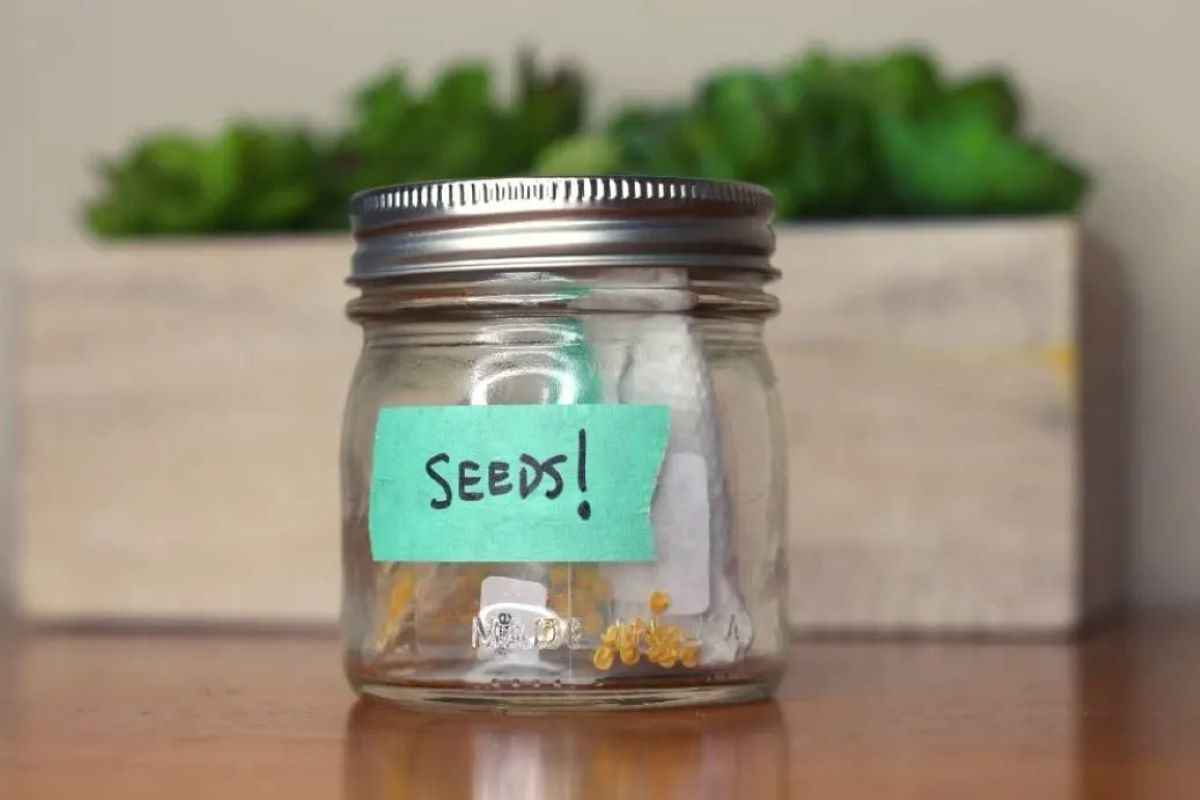
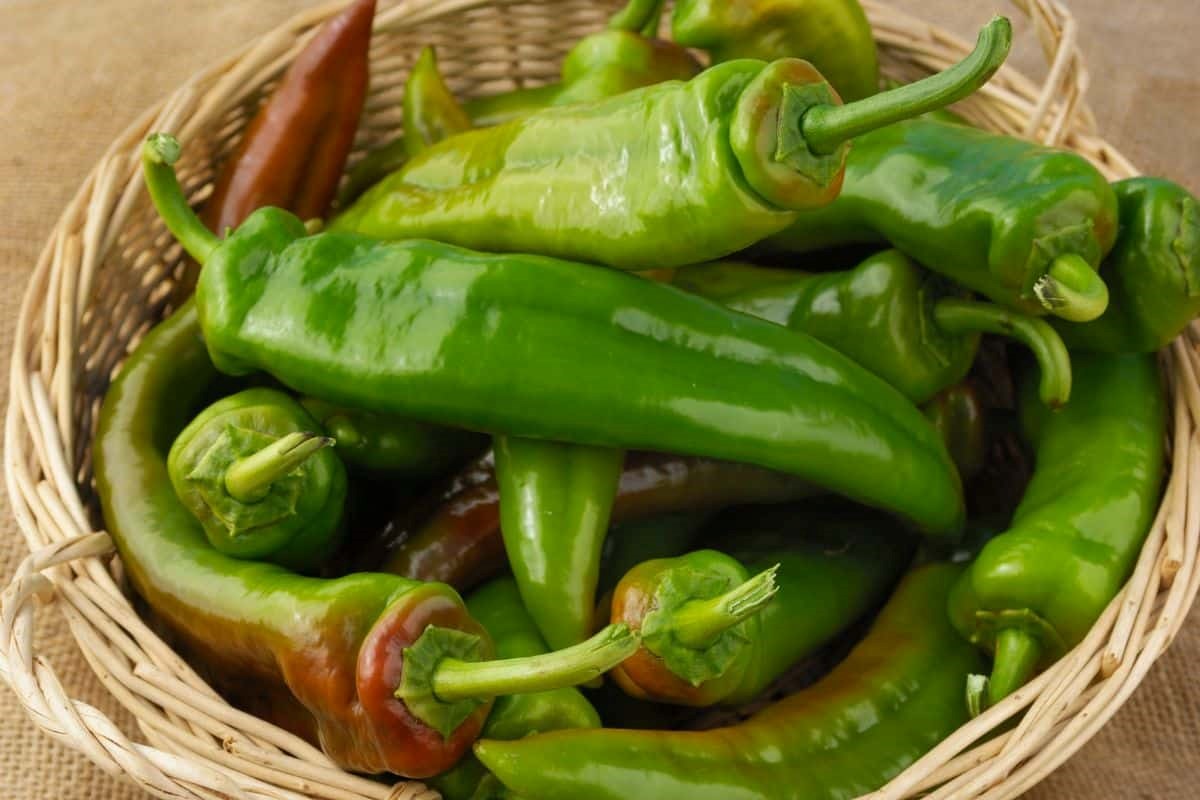
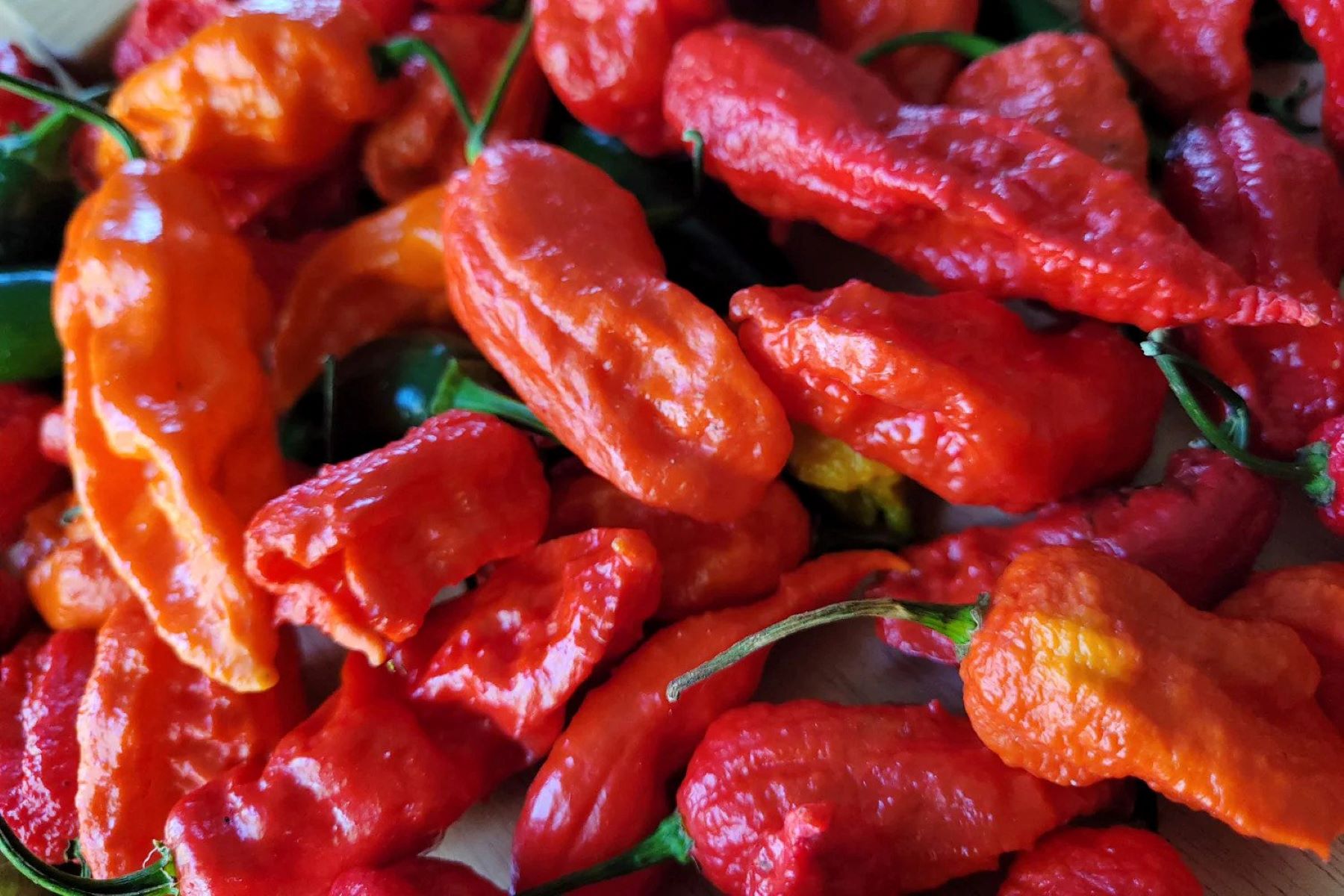
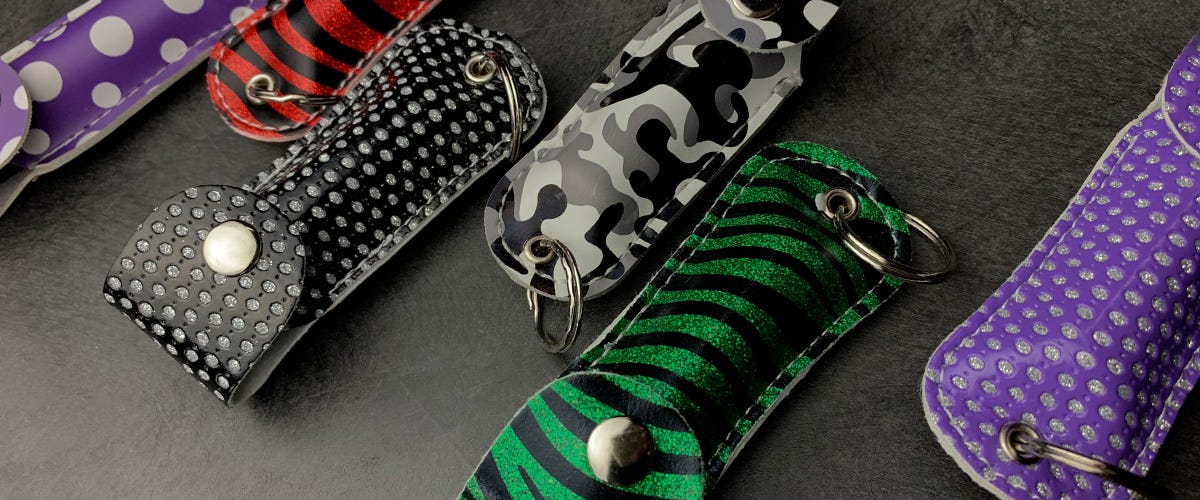
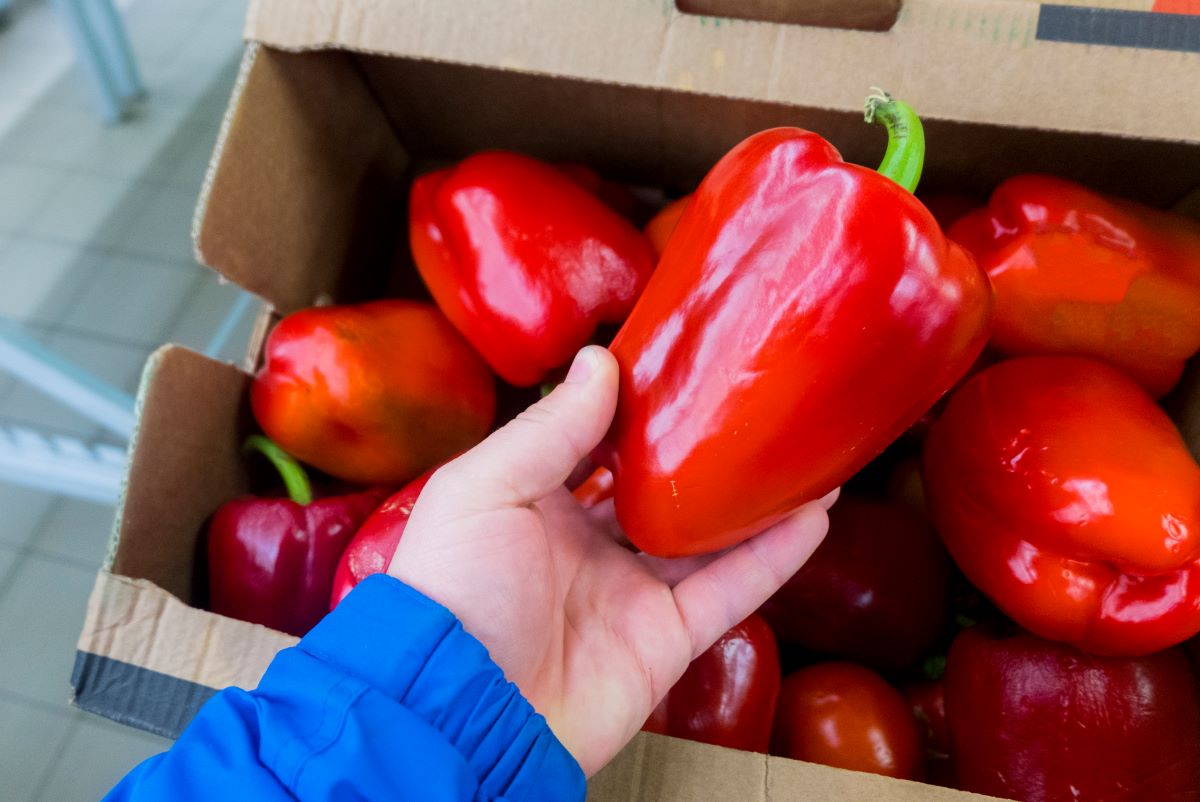
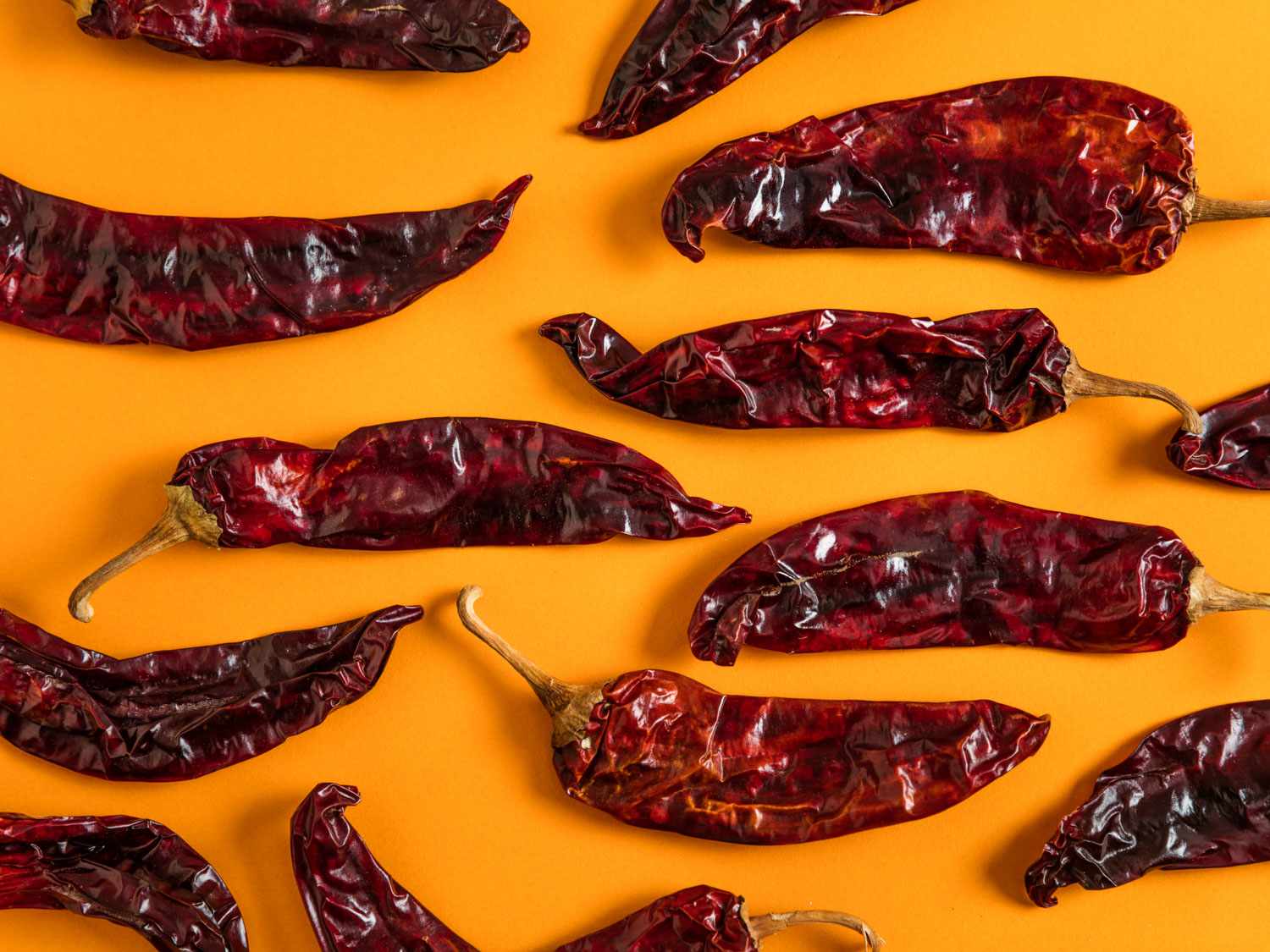
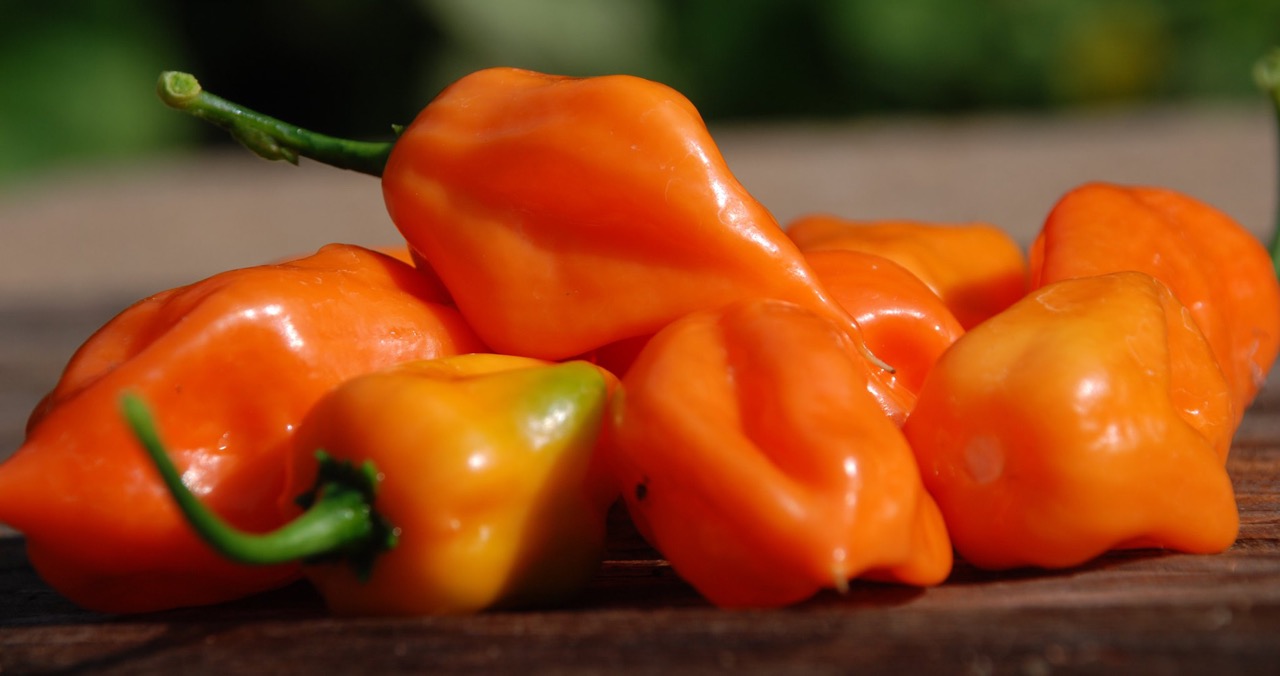
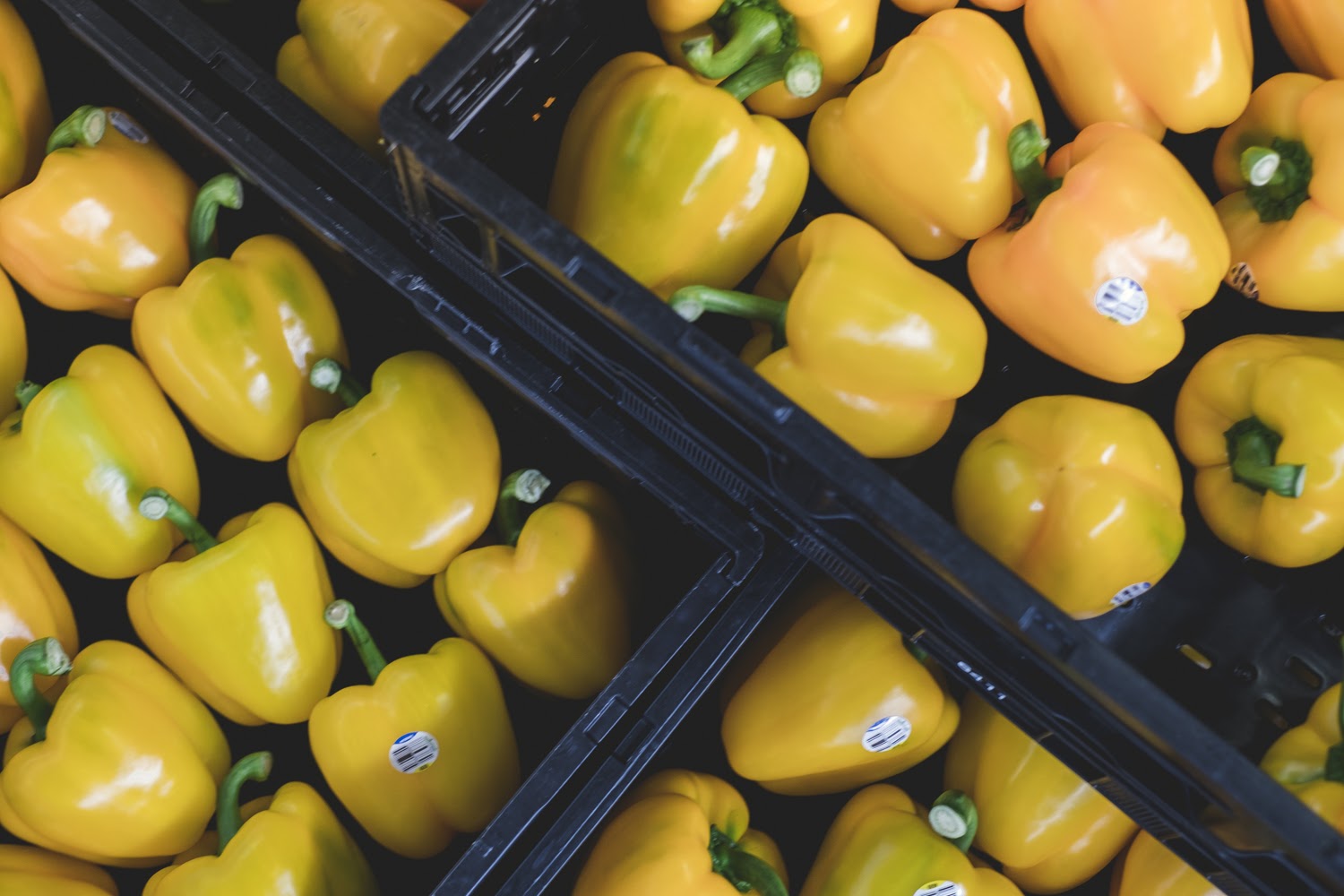
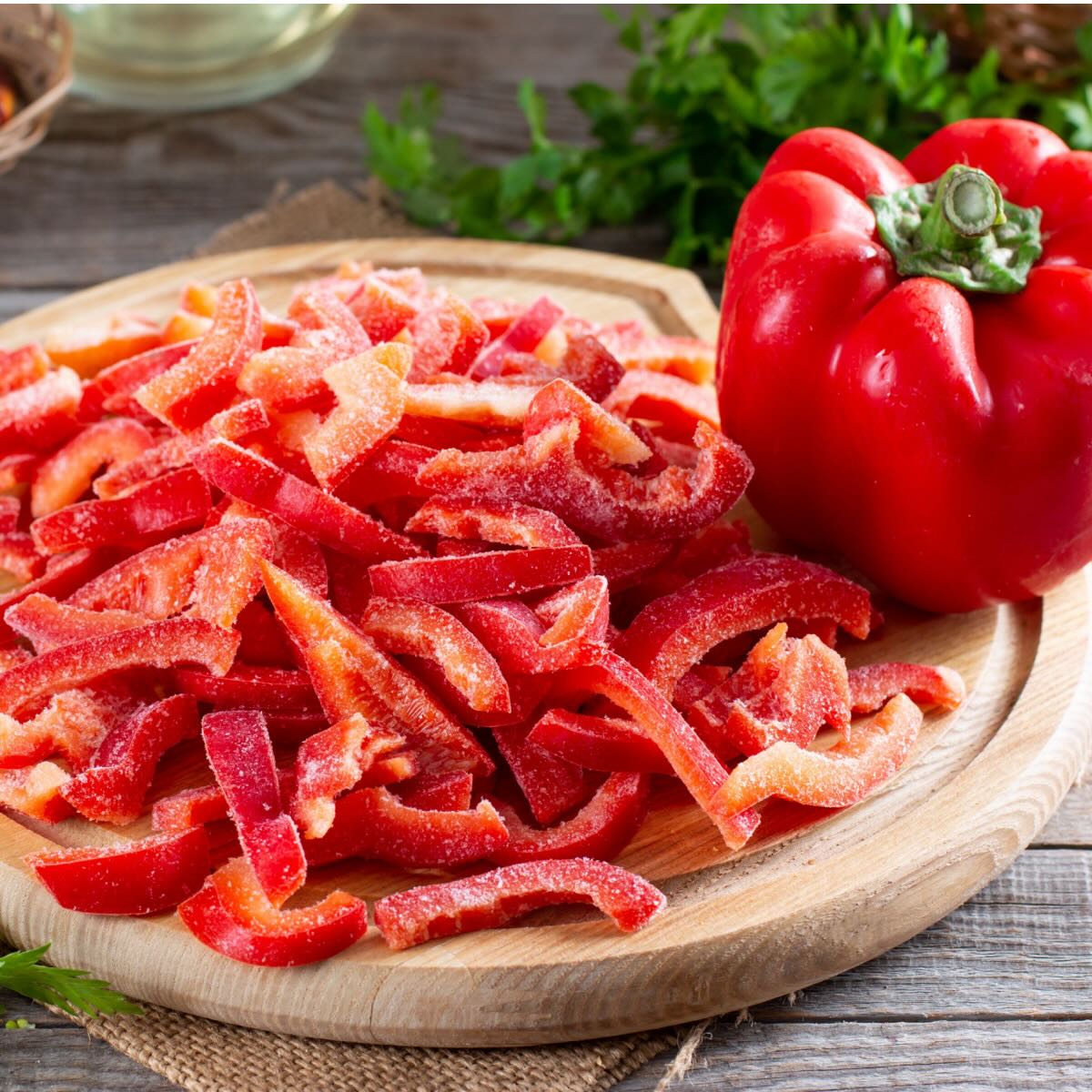
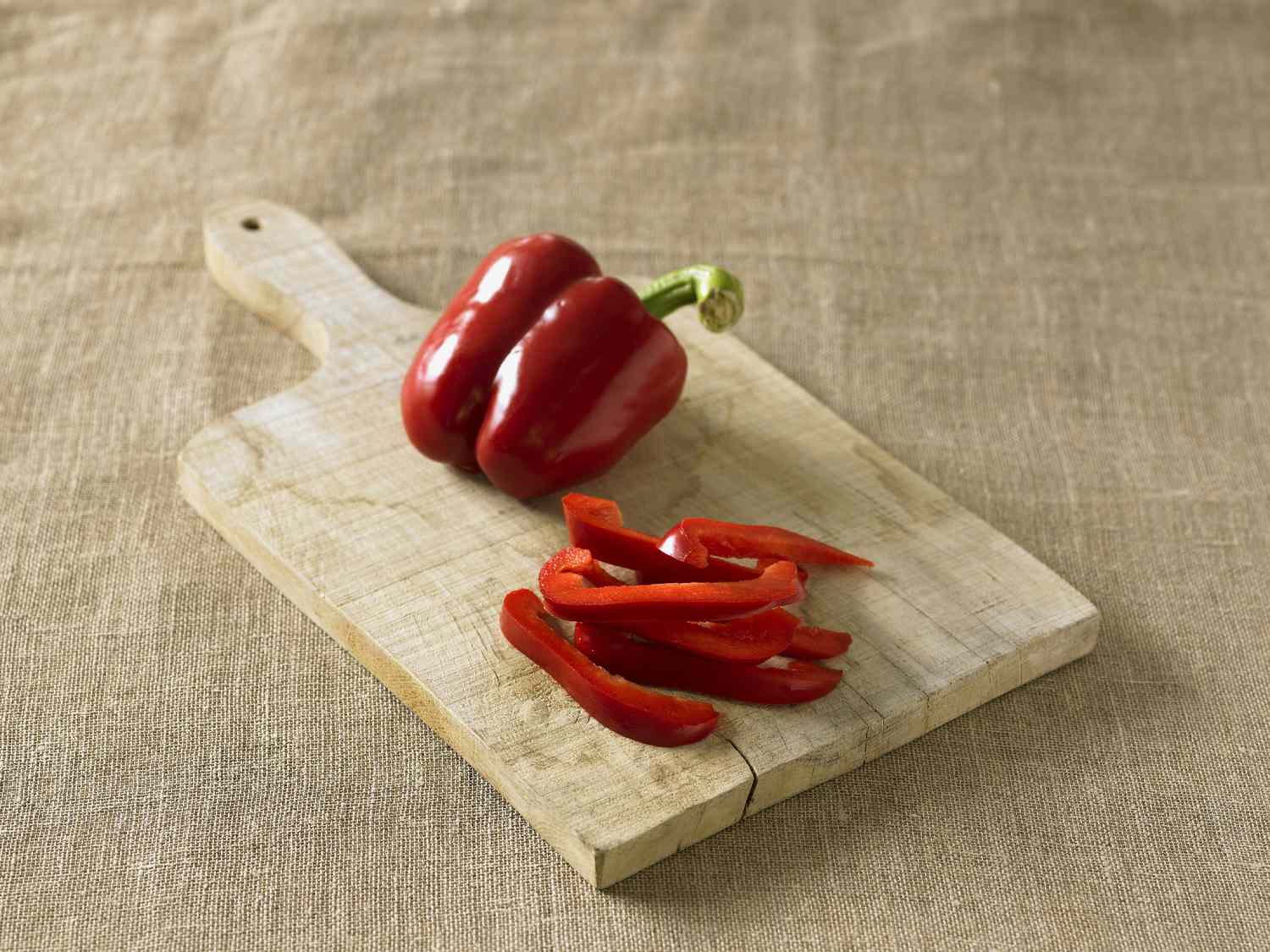
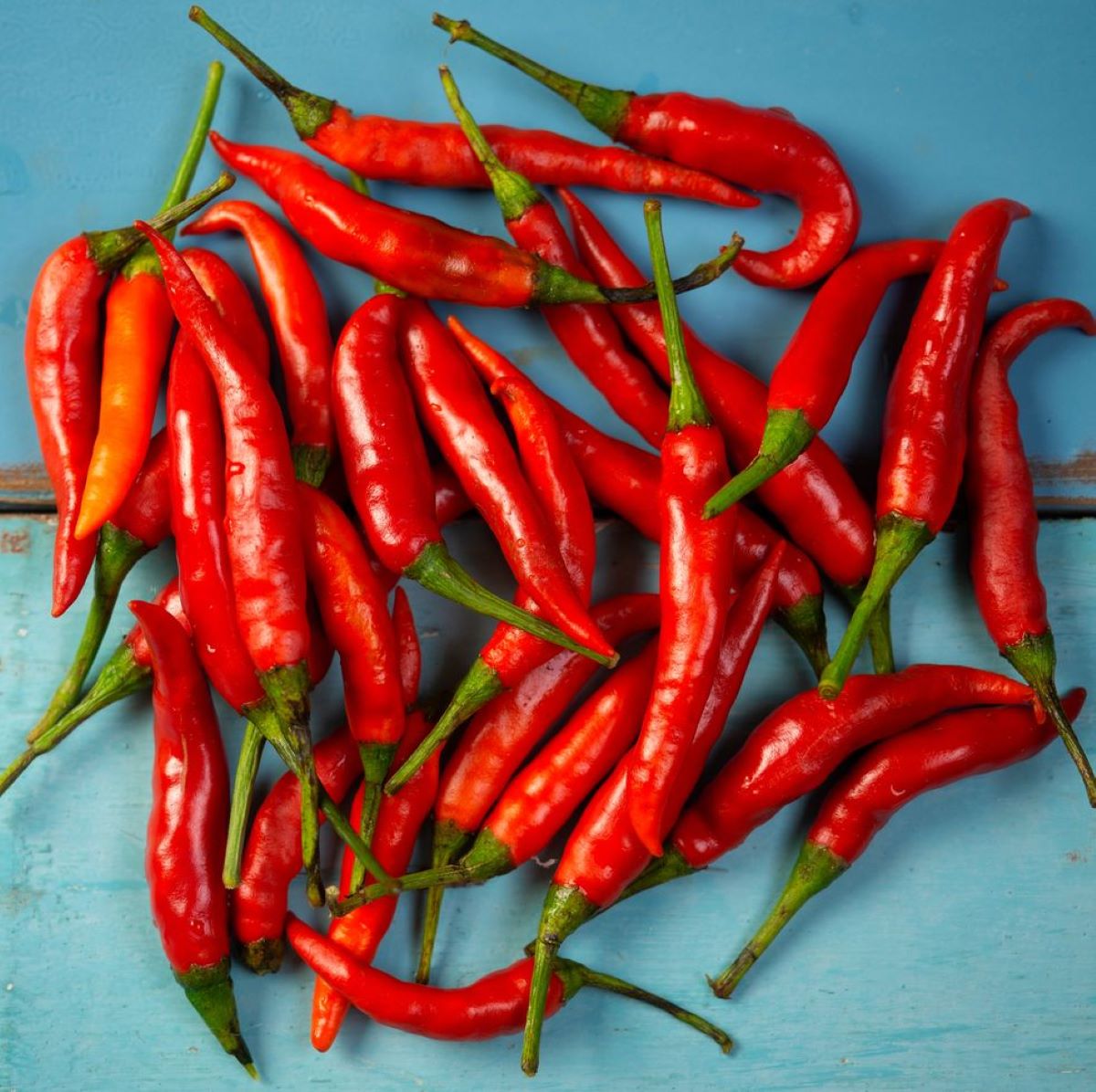
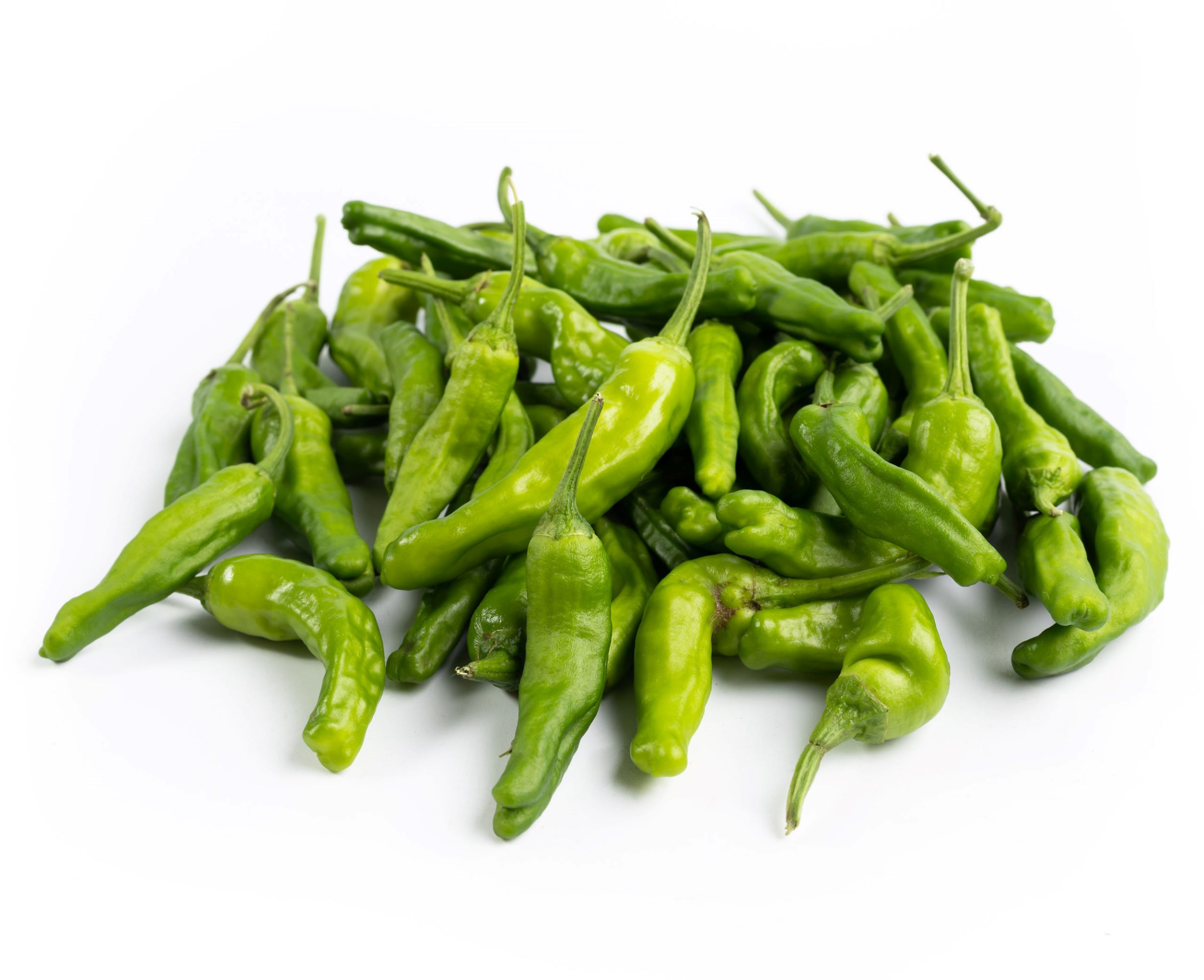
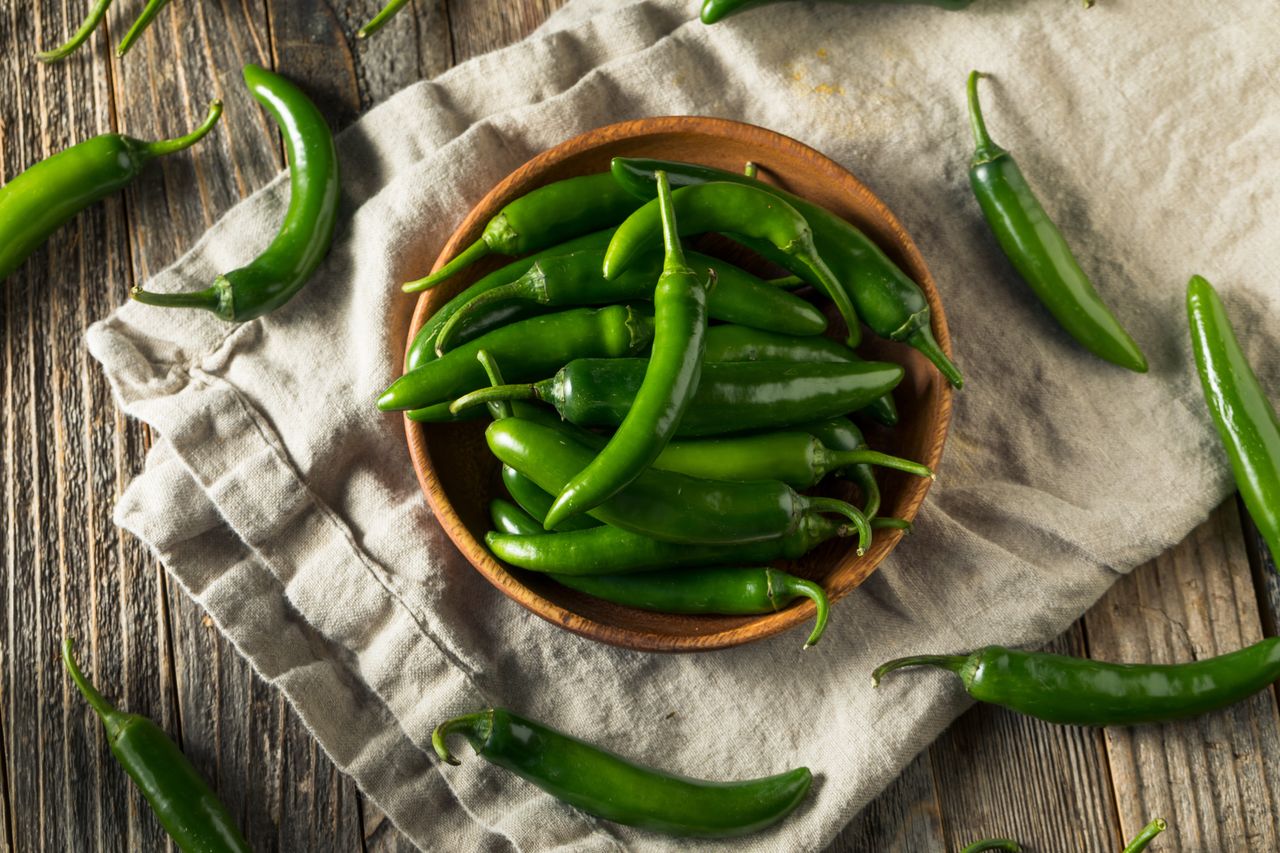

0 thoughts on “How To Store Dried Peppers”